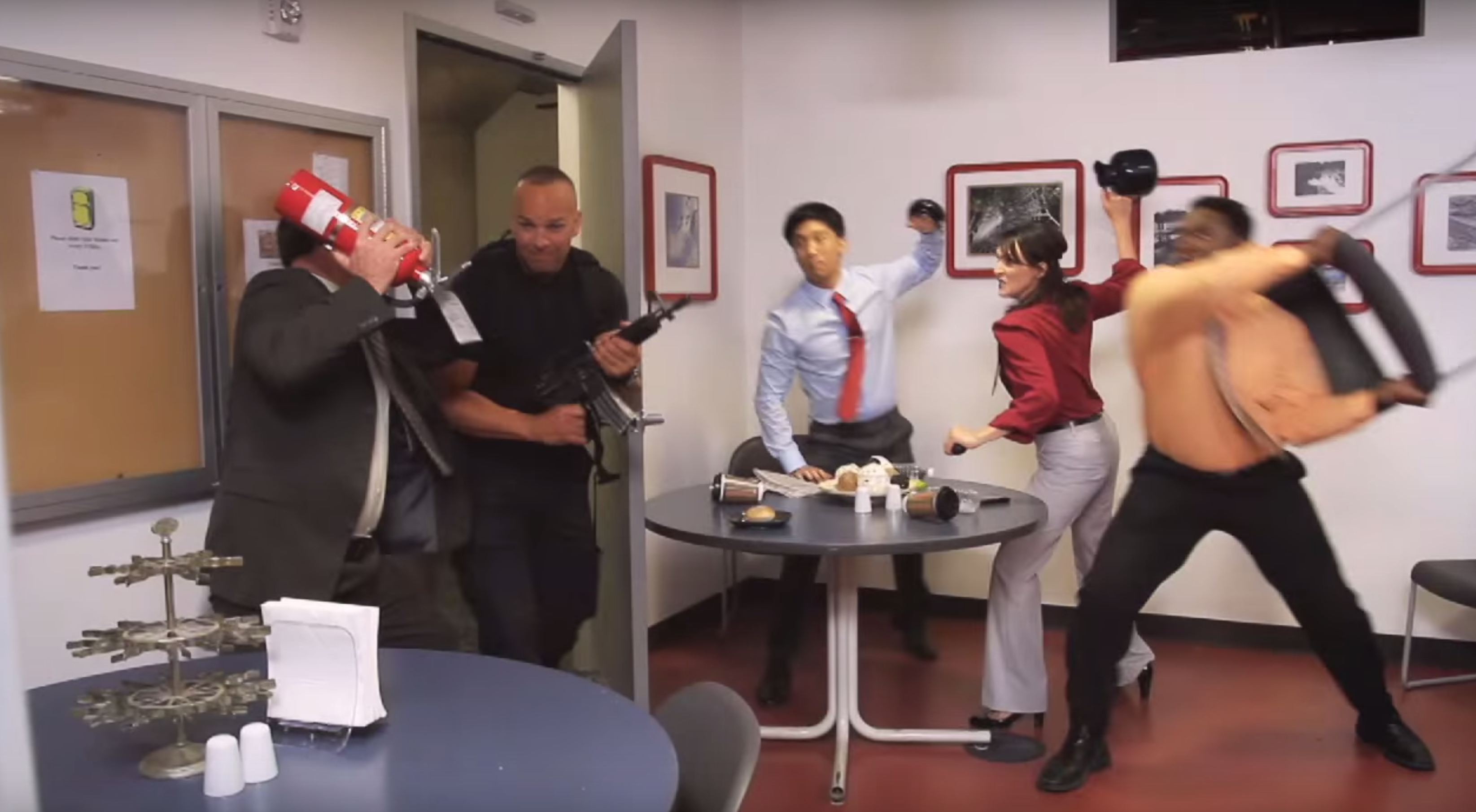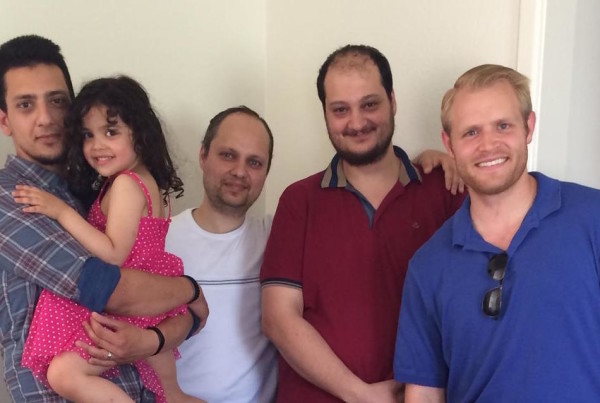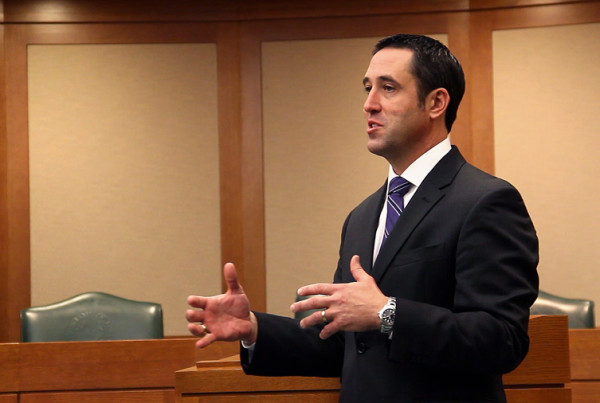This story originally appeared on KUT News.
Former police officer Don Greenwood has worked as a security management consultant for 20 years. He offers trainings to teach response and prevention methods for possible workplace emergencies.
Greenwood encourages workplace managers “to be observant, to act and intervene, and not to let things fester, and boil and boil in the company.”
And managers need to get their employees on board.
“The most important part of training is to get employees to feel that there is a culture in the company that makes it possible, and makes it ok for them to come forward and to report things of concern,” he says.
A big criticism of this approach is whether it creates a culture of distress among employees. After all, everyone has a bad day, right? Greenwood says managers should instead be looking more broadly, watching for patterns.
“One of the very big clues is: What is the person saying? Because a lot of these people who are moving in this direction of a violent outbreak try and tip others off, in order to build some interest in what they are doing,” Greenwood says.
So what if a shooting actually happens?
“The three steps are to get out, to hide out, and then to fight — to take out.”
The first thing to do, he says, is to just keep running and don’t look back.
“And if there’s no path of escape, then I have to hide. And the third step is if the shooter were to discover the hiding place, they need to attack the shooter and survive as best they can,” Greenwood says.
But he also says the bulk of workplace shootings aren’t happening in offices.
“Death of police officers on the job and fire fighters is a big part of that workplace violence statistic. Healthcare workers. And also, murders committed in robberies of convenience stores, liquor stores and gas stations.”
Jaclyn Arad, a former employee of a Memphis, Tennessee gas station, says she was trained on what to do in case of a shooter, and how to prevent it.
But she says the prevention tips she got at the training, like keeping the window clean so outsiders could see what was happening and having a good relationship with the police, didn’t make her feel much safer.
Arad is now a teacher, and she’s received two different trainings.
“Here in Austin they taught us to lock the doors, but we don’t hide here. They want the kids to be able to fight if they need to,” Arad says.
Greenwood says that’s pretty standard — emergency procedures used to be about ducking under a desk and hiding, but when school shootings started happening, hiding made people easy targets. Still, in most cases it comes back to those three steps: Run, hide, and — if you have to — fight.
“So these are hard things to talk about in an audience of employees from all backgrounds, but that’s really the fundamentals for an in-progress situation. And that’s the basis for most of the training that’s being done,” Greenwood says.
He does have moments of reflection in which, he says, he can’t believe this is what we’ve come to. “Yes. All the time. Absolutely,” he says.
But Greenwood says it’s important to keep things in perspective:
“Probably last weekend, there where more kids killed in gang violence than people killed in workplace violence in an entire year.”















